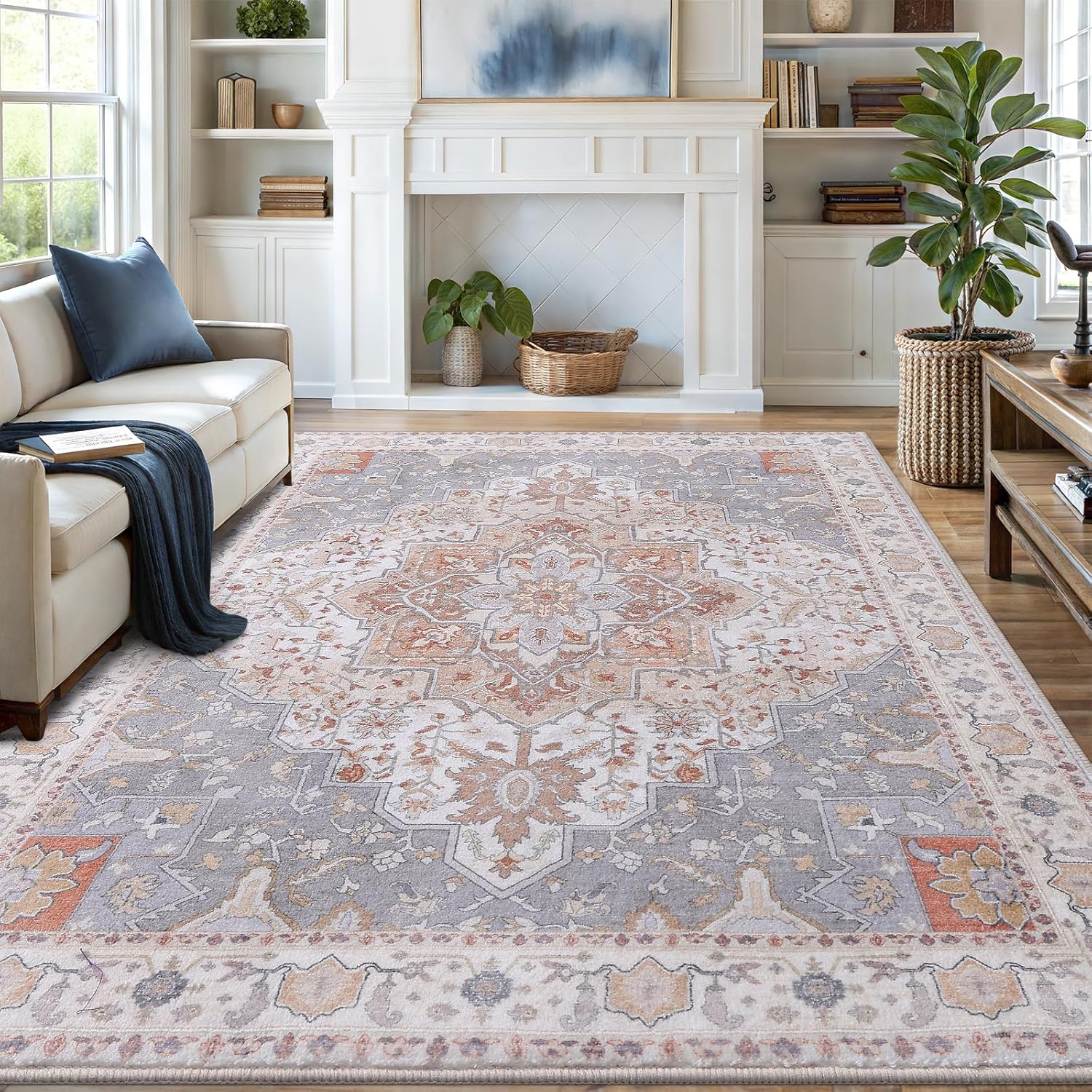No, you should not put floor cleaner in a steam mop as it can damage the machine; use only water or manufacturer-recommended solutions.
Steam mops are popular for deep cleaning floors, but many wonder if adding floor cleaner boosts their power. The short answer? No—most manufacturers warn against it. Here’s why and what you can do instead.

Why You Should Never Add Cleaner to Your Steam Mop
Steam mops are designed for water only. Adding chemicals risks damage and health hazards.
1. It Damages Your Steam Mop
Cleaning solutions can corrode internal parts. Minerals in tap water already pose risks—chemicals accelerate wear. Proper maintenance extends appliance life.
2. Creates Clogs and Residue
Solutions leave sticky deposits in steam vents. Over time, this reduces steam output. One user reported complete failure after using cleaner.
3. Voids Your Warranty
Most warranties explicitly forbid chemical use. Manufacturers like Shark and Bissell state this in manuals.
4. Health Risks from Fumes
Heated chemicals release concentrated fumes. Ammonia-based cleaners become especially toxic when vaporized.

Safe Alternatives to Boost Cleaning Power
Pre-Treat Floors Before Steaming
Spray diluted cleaner (1:10 ratio with water) on floors first. Popular options:
- Pine-Sol (for scent)
- Vinegar solutions (natural disinfectant)
- Mr. Clean (light formula)
Use Manufacturer-Approved Discs
Some models like Hoover’s TwinTank have separate cleaner compartments. Others offer scented discs for fragrance without chemicals.
Upgrade Your Water
Distilled water prevents mineral buildup. One Bissell user reported better performance after switching.
When Steam Alone Works Best
Steam reaches 212°F—hot enough to:
| Issue | Steam Effectiveness |
|---|---|
| Bacteria | Kills 99.9% |
| Sticky Residue | Loosens effectively |
| Dried Paint | Removes spots |
For tile and grout, steam often outperforms chemicals by penetrating porous surfaces.
What If You Already Used Cleaner?
If your mop stopped working:
- Run CLR solution through tank to dissolve deposits
- Rinse thoroughly with distilled water
- Replace filters if discolored
For persistent issues, contact manufacturer before attempting repairs.
Expert Tips for Optimal Steam Cleaning
- Change microfiber pads frequently—dirty pads redistribute grime
- Work in small sections for maximum steam contact time
- Use scrubber attachments for tough stains instead of chemicals
As Consumer Reports notes, proper technique matters more than additives for steam mop effectiveness.

Vanmoos 6×9 Machine-Washable Area Rug — Artistic Flair / Beige
Low-pile, non-slip rug that minimizes pet hair collection and makes quick cleanup part of your routine.
Affiliate link — may earn a commission at no extra cost to you.
